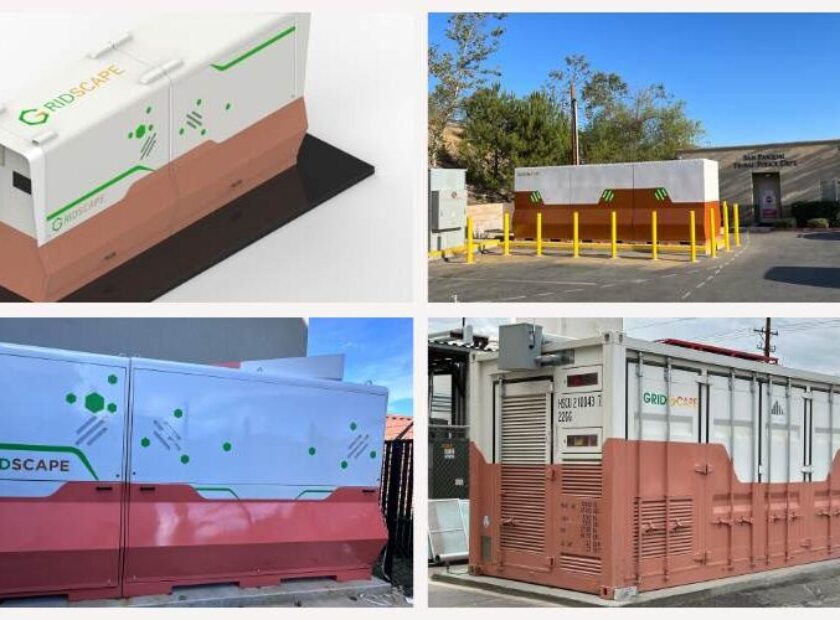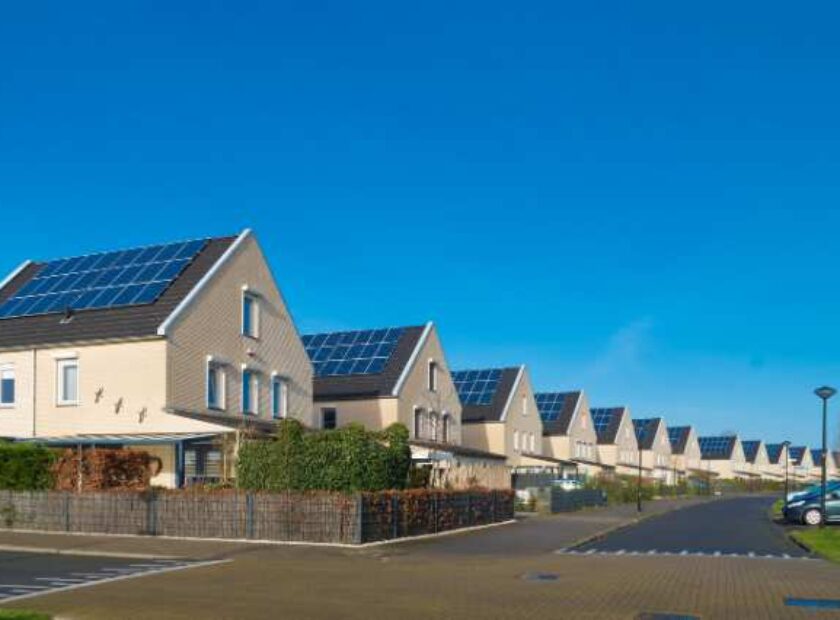Beyond Energy: How Microgrids are Improving Quality of Life in Multiple Ways

Microgrids are transforming the way we think about energy, offering communities and individuals greater control over their power supply and reducing their reliance on large utility companies. While the most obvious benefit of microgrids is their ability to provide reliable and cost-effective energy, they also have significant impacts on improving quality of life. In this essay, we will discuss how microgrids are improving quality of life by enhancing health and safety, enabling economic growth, and fostering social cohesion and community resilience.
One of the most significant ways microgrids are improving quality of life is by enhancing health and safety. With microgrids, communities can establish more reliable and resilient power systems that are less prone to blackouts, brownouts, and other power outages. This is particularly important in regions that are vulnerable to extreme weather events, such as hurricanes, tornadoes, and wildfires. During emergencies, reliable power can make all the difference for health and safety. For example, microgrids can power critical infrastructure, such as hospitals, police stations, and water treatment facilities, allowing these essential services to continue functioning even in the event of a larger power outage. Additionally, microgrids can power essential home medical equipment, such as ventilators and oxygen concentrators, helping to ensure that individuals with health conditions can receive the care they need even during power outages.
Microgrids can also enhance safety by reducing the risk of electrical accidents. Traditional grid systems can be dangerous, particularly in rural areas, where electrical infrastructure may be exposed and not well-maintained. Microgrids, on the other hand, can be designed with safety in mind. They can incorporate advanced technology, such as smart meters and advanced inverters, that reduce the risk of electrical fires and other hazards. Additionally, microgrids can be installed with backup power systems, such as batteries or generators, that prevent power surges and voltage fluctuations that can damage electronic equipment and create dangerous electrical conditions.
Another way microgrids are improving quality of life is by enabling economic growth. Microgrids can provide reliable and cost-effective power to businesses, allowing them to operate more efficiently and productively. For example, in rural areas, microgrids can power agriculture operations, allowing farmers to irrigate their fields and keep their produce fresh. Additionally, microgrids can power small businesses, such as shops, restaurants, and manufacturing facilities, providing these businesses with the power they need to stay open and contribute to the local economy.
Microgrids can also promote economic growth by creating jobs. The installation, operation, and maintenance of microgrids require skilled labor, providing employment opportunities for individuals in the local community. Additionally, the development of renewable energy sources, such as solar and wind power, can create additional job opportunities in the renewable energy industry.
Microgrids can also improve quality of life by fostering social cohesion and community resilience. With microgrids, communities can take greater control over their energy supply, creating a sense of ownership and responsibility. This can foster a greater sense of community, as individuals work together to create a sustainable and resilient power system. Additionally, microgrids can facilitate the sharing of power between individuals and businesses in the community, allowing for greater cooperation and mutual support.
Microgrids can also improve community resilience by providing backup power during emergencies. This can help to ensure that individuals and businesses can continue to operate even during extended power outages. Additionally, microgrids can help to reduce the impact of energy price spikes, which can cause economic hardship and social dislocation.
Microgrids can improve the quality of life by promoting sustainable living. By integrating renewable energy sources, such as solar and wind power, microgrids can reduce carbon emissions and promote a more sustainable energy system. This can help to mitigate the impacts of climate change and protect the natural environment,






